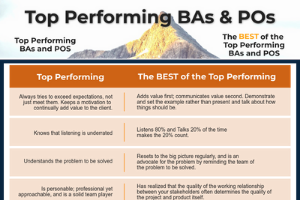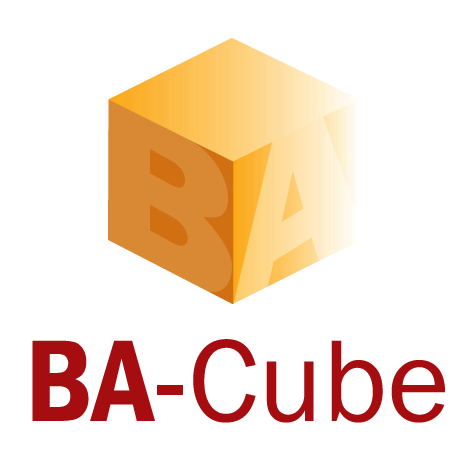The BA Role
Business Analysis is a practice, a mindset, and a skill set that many professionals use every day!
Some have a title of:
- “Business Analyst”
- “Business Systems Analyst”
- “Consultant”
- “Product Owner”
- “Product Analyst
- “Operations Analyst”
- “Requirements Analyst”
- “Business Process Analyst”
And, many other titles do A LOT of business analysis as part of their job roles and titles like: “Programmer Analyst”, “Software Engineer”, “Systems Analyst”, “UX Designer”, “UI Designer”, “QA Tester”, “Technical Architect”, “Business Architect”, “Enterprise Architect”, and many more! Even our CEOs do business analysis. Just about every professional job role has an aspect of business analysis.
Here is how modern business analysis is defined:
What makes a “BA” different? We are professional Business Analysts where this is our focus and skill set, not a side skill we do.
It is important to understand that Titles, Roles, and Skillsets are different yet intertwined!
The Role of a Business Analyst (no matter the title), is to help organizations and teams create better outcomes through their facilitation of decision-making at many levels of detail, problem definition & solving, analysis of people, systems, processes, and data, and driving the implementation of change that makes stakeholders better off and business outcomes realized. The outputs that BAs create are a product of the skills, techniques, and process that goes into creating them. You may be asked to create a “deliverable” like a Business Requirements Document; the process, skills, and techniques you use to get the information into that deliverable are what will make you successful.
Many courses will teach you skills from BAs in the past, in this course, we bring forward those that stand the test of time, as well as new skills and techniques. We also are passionate about setting your mindset to the future of this role and gearing your learning towards how to thrive for many years going forward!
In this video learn more about the BA role today and in the future.
And, part 2 in this next video
And, let’s look at what an Agile BA is….
Here is an infographic I created to show the difference between a top-performing BA and the absolute BEST performing BAs and how they work!

Download it here
So, you might feel overwhelmed by all of this and that there is no real defined BA role….or perhaps you feel more clarity after all of this? The BA Role can look and feel different depending on many factors and the context of the project, product, and organization. The various titles, roles, and skill sets can vary greatly from team to team and organization to organization as well.
Things that can hugely influence the BA role and how a BA works are:
- If the team is organized in terms of Projects or Products and the relationship between Projects and Products within the organization
- The approach to change the team and organization takes Predictive/Waterfall/Traditional, or more Adaptive/Iterative/Agile
- If they are building software, buying software to implement, enhancing software, merging software, or implementing non-software changes
- The type of technology being used
- The goals and outcomes of the team and organization
- The complexity of the internal organization’s structure
- The dependencies between other teams inside and outside the organization to implement change
- External factors like competition, vendors, compliance
- Internal factors like culture, governance, process maturity, risk tolerance
- Internal initiatives happening like Agile Transformation, Digital Transformation, and DevOps Maturity, among many others…
- The existing roles, and skills in the organization and on the team
- The understanding of what a BA role is within the organization and team
What IS COMMON among all BA roles no matter the context and complexities is:
- A focus on ensuring a shared understanding of the problem and solution
- Facilitating the shared understanding as a critical input to good decision-making by leaders
- A focus on developing a shared understanding of the impacts of any proposed change on ALL stakeholders (especially customers, end users, and downstream processes)
- Analyzing people, data, processes, and systems in order to create a shared understanding of impacts and help the team and leaders make good decisions
- Using a combination of skills, assets, and deliverables to facilitate the above processes, understanding, and decisions
Next, let’s test your knowledge with a quiz.
